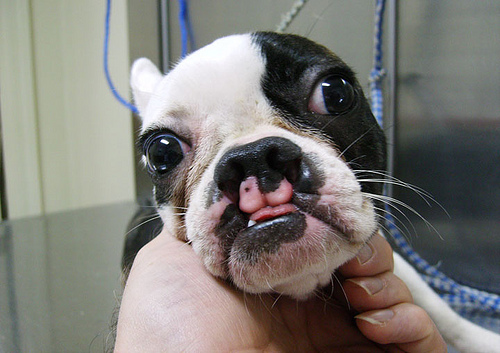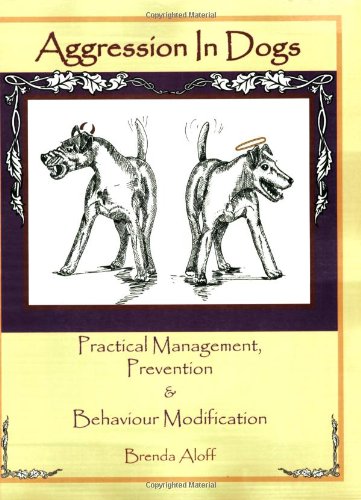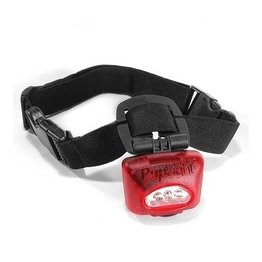

The patella, which is the knee cap, is considered to be a very small bone that is within the thigh’s quadriceps muscles. Believe it or not, patellar luxation is actually one of the most common anomalies in dogs with seven percent of puppies being diagnosed with the condition. Before we delve too deep into this article, it is important that you become familiar with the fact that there are two different forms of canine patella luxation – lateral and medial. Both of these will be explained in more detail in just a moment and will be referenced throughout the article.
Briefly speaking, patellar luxation is a serious condition in which the knee cap, the patella, rides on the exterior of the femoral groove when the stifle is flexed. As mentioned before, there are two forms – medial and lateral – of patella luxation. Medial patella luxation occurs when the knee cap does not glide properly along its natural groove of the femur and becomes displaced on the inside of the knee joint. Lateral patella luxation is when the knee cap begins riding on the outer part of the knee joint.
As a general rule, medial patella luxation most commonly affects smaller breed dogs such as Malteses, Boston Terriers, Pomeranians, Miniature Poodles and Chihuahuas where as lateral patellar luxation normally affects larger breed dogs such as Retrievers, Great Pyrenees, Chinese Sharpei, Great Danes and St. Bernards.
In half of the cases presented, patellar luxation affects both of the dog’s knees, which will result in not only pain and discomfort, but also the full loss of mobility. As a general rule, patellar luxation is a result of a traumatic knee injury or can occur in dogs with a history of lameness. The actual cause of patellar luxation is unknown in most dogs.
Sometimes, though, the cause of patella luxation may be a component of an underlying condition which may include some of the following:
·Distortion of the tibia or femur.
·Deviation to the tibia crest, which is where the tendon of the knee cap attaches beneath the knee.
·Irregular conformation of the hip joint, such as a disorder known as canine hip dysplasia.
·A knee cap ligament that is too long.
·Tightness within the quadriceps muscles.
If you have ever noticed that your pup’s legs may appear to be bow-legged, which will worsen as your puppy grows, you may have your dog checked out for medial patellar luxation as this is a common early sign of severe cases of the condition.
Further, if you have ever noticed that your dog will be walking and suddenly raises up one of his legs for a few “hops,” it may be a wise idea to have him checked out. Sometimes the early effects can be easily overlooked as they can often be subtle or mistaken for a less serious or recent injury.
A vital part of diagnosing whether or not your dog has patella luxation is a physical exam by your vet. Usually, a veterinarian will have the dog walk, trot and possibly run to view how the dog performs these actions. A vet will also use range of motion to observe and feel how the knee moves. Your vet will also have your dog stand so that he/she can observe both knees in a standing position. Depending on the physical examination, the veterinarian may decide to get an X-Ray or even a radiograph to determine the extent of the damage.
Here are the different grades of patella luxation on a general scale:
·Grade I – The dog’s knee cap is out of its groove but can impulsively go back to its usual position.
·Grade II – The dog’s knee cap is out of its groove occasionally and is only replaced into its groove with force.
·Grade III – Majority of the time, the dog’s patella will ride out of its groove and can only be replaced with force.
·Grade IV – The patella will rid of its groove consistently and is unable to be replaced into the groove of the femur.
If the condition is not too severe, and is considered to be a low-grade patella luxation, you may be able to treat your dog at home under your supervision. You can expect for your dog to be prescribed anti-inflammatory medicine and be put on a restricted exercise routine. If your dog has a more severe and high-grade patella luxation then your vet may have to address the condition surgically to repair the luxation of the knee cap. Depending on certain factors, there are several different surgical options available.
 Cleft Palates and Cleft Lips in Puppies - Dog Health
Cleft Palates and Cleft Lips in Puppies
Cleft palates and
Cleft Palates and Cleft Lips in Puppies - Dog Health
Cleft Palates and Cleft Lips in Puppies
Cleft palates and
 Eight Reasons Why Your Dog Is Aggressive
Dogs have been a man’s
Eight Reasons Why Your Dog Is Aggressive
Dogs have been a man’s
 Pet Health Insurance
Nunya Undergoing Radiation Therapy (Not Inexpensive!)
Pet Health Insurance
Nunya Undergoing Radiation Therapy (Not Inexpensive!)
 Tub Time For Dogs! Hints and Tips for Bathing Your Dog!
Tub Time! Tips for Bathing Your Dog!
Most of us are a bit
Tub Time For Dogs! Hints and Tips for Bathing Your Dog!
Tub Time! Tips for Bathing Your Dog!
Most of us are a bit
 Puplight Dog Safety Light Red
Using a Puplight is a great
Puplight Dog Safety Light Red
Using a Puplight is a great
Copyright © 2005-2016 Pet Information All Rights Reserved
Contact us: www162date@outlook.com